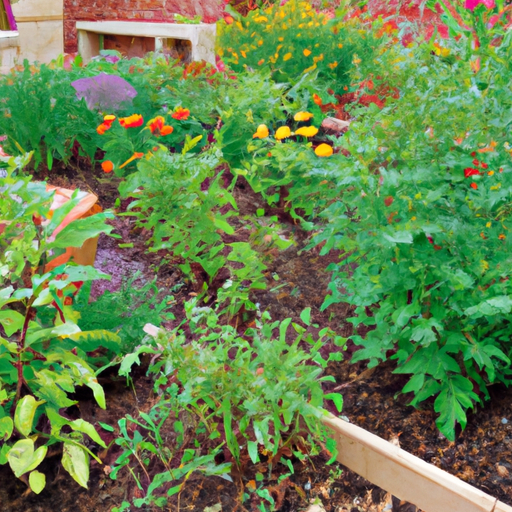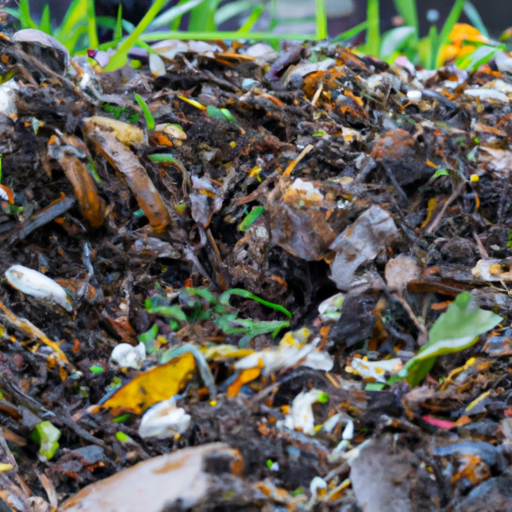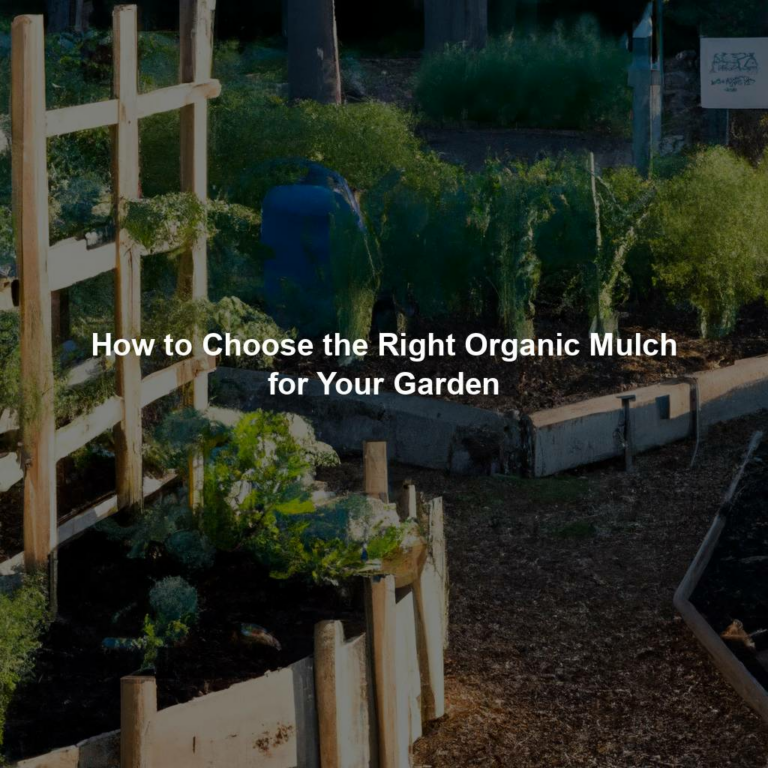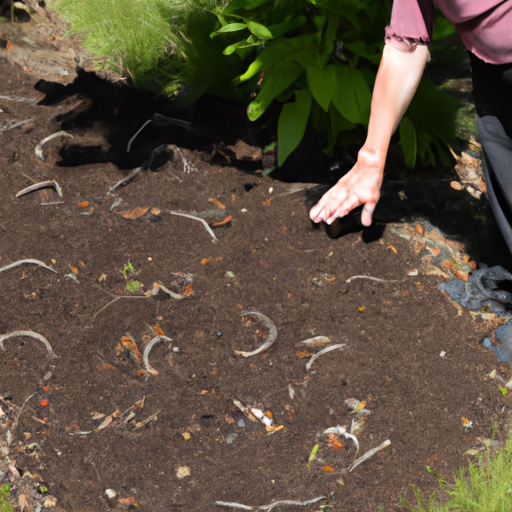Are you tired of dealing with pests in your garden? Are you hesitant to use chemicals and pesticides to control them? Look no further than companion planting for a natural solution.
As a Master Gardener, I have seen the benefits of using companion plants to deter pests firsthand. Companion planting is the practice of growing two or more plant species in close proximity that benefit each other in some way.
In terms of pest control, certain companion plants can repel insects or attract beneficial insects that will prey on harmful ones. This method not only controls pests naturally but also promotes biodiversity and healthier soil.
Keep reading to discover which companion plants you should add to your garden to keep those pesky bugs at bay.
Understanding Companion Planting
Have you ever considered using companion planting in your garden? If not, now is the time to start.
Companion planting involves growing different plants together that have a mutually beneficial relationship. The benefits of companion planting are numerous, including natural pest control and improved soil fertility.
By understanding which plants work well together, you can create an environment where each plant thrives and supports its neighbors.
To ensure successful companion planting, here are some tips: choose compatible plants based on their growth habits and nutrient needs; rotate crops every year to prevent disease buildup; and consider adding herbs such as basil or mint for added pest control benefits.
With these simple strategies, you can reap the rewards of a healthy and vibrant garden without relying on harmful pesticides or chemicals.
So why not give it a try? Your garden (and the environment) will thank you!
Repelling Pests With Companion Plants
As we learned in the previous section, companion planting is a beneficial gardening technique that involves pairing plants together for mutual benefits.
One of these benefits includes natural pest control through intercropping. By strategically placing certain plants next to each other, they can act as natural pest deterrents and reduce the need for harmful pesticides.
Some examples of popular companion plants used for this purpose include marigolds, garlic, and chives. In addition to repelling pests, intercropping benefits include improved soil health and increased crop yields.
So why not try incorporating some natural pest deterrents into your garden this season? Your plants will thank you!
Attracting Beneficial Insects
When it comes to pest prevention in the garden, attracting beneficial insects is a natural and effective solution.
Plant selection plays a crucial role in this process.
For example, planting herbs like fennel, dill, and cilantro can attract ladybugs and lacewings that feed on aphids.
Additionally, flowers such as marigolds, sunflowers, and zinnias are known for their ability to attract bees and butterflies which help with pollination while also preying on harmful pests.
It’s important to remember that different beneficial insects are attracted to different plants so diversity in plant selection is key.
By providing these beneficial insects with a diverse range of habitats and food sources through proper plant selection we can create an ecosystem that naturally controls garden pests without resorting to harmful chemicals or pesticides.
Promoting Biodiversity In Your Garden
As a Master Gardener, promoting biodiversity in your garden is crucial for maintaining a healthy ecosystem.
One way to do this is by incorporating native plants into your landscape design. Native plants provide habitat and food sources for local wildlife, such as butterflies, birds, and bees.
Pollinator friendly flowers are also important because they attract these beneficial insects that help with pollination – essential for the growth of fruits and vegetables.
By creating a diverse environment, you can reduce the likelihood of pests taking over your garden without using harmful pesticides or chemicals.
So next time you’re planning out your garden bed, consider adding some native plants and pollinator-friendly flowers to promote biodiversity and support the natural balance in your backyard oasis.
Creating Healthier Soil With Companion Plants
Now that we know how to control garden pests with companion plants, let’s talk about creating healthier soil.
As a Master Gardener, I can tell you that composting benefits your soil by adding organic matter and important nutrients. You can create your own compost using kitchen scraps, yard waste, and even manure from animals like chickens or rabbits.
Another great way to amend your soil is through the use of cover crops such as clover or vetch which help fix nitrogen in the soil. Additionally, planting legumes like beans or peas will also add nitrogen back into the ground.
By incorporating these soil amendment ideas into your gardening routine, you’ll not only have a more vibrant garden but also one that requires less maintenance in the long run.
Remember, healthy soil equals healthy plants!
Frequently Asked Questions
How Do Companion Plants Interact With Each Other, And Should I Be Careful When Choosing Which Ones To Plant Together?
When considering companion planting, it’s important to understand how different plants interact with each other. Choosing compatible pairs can make all the difference in creating a thriving garden ecosystem.
There are many benefits to incorporating diversity in your planting choices, including increased soil health and pest control. However, not all plant combinations work well together; some may compete for resources or attract unwanted pests.
As a Master Gardener, I always encourage gardeners to do their research before pairing up plants. By understanding the interactions between companion plants, you can create a harmonious environment that promotes growth and vitality while naturally controlling pests without harmful chemicals.
Are There Any Companion Plants That Work Specifically To Repel Rodents Or Other Small Pests, Like Squirrels Or Rabbits?
When it comes to repelling small pests like rodents, squirrels or rabbits, there are several natural deterrents that can be used in addition to companion planting.
Some non-plant based methods include setting up physical barriers such as fences or netting, using repellent sprays or granules made from ingredients like garlic, peppermint or vinegar, and creating distractions with decoy food sources.
However, if you prefer a more holistic approach to gardening, there are also alternative techniques beyond just companion planting that can help control these pesky critters.
For example, intercropping is a method where different crops are planted together in the same area so they can naturally deter each other’s pests.
Additionally, crop rotation involves changing which plants are grown in certain areas of your garden each year to avoid building up populations of specific pests over time.
As always when experimenting with natural pest control methods, it may take some trial and error before finding what works best for your particular garden ecosystem.
Can Companion Planting Be Used In Conjunction With Other Pest Control Methods, Like Insecticides Or Traps?
Combining insecticides with companion planting can be a powerful way to control pests in your garden. While there are certainly some benefits to using chemical methods, it’s important to remember that they also come with their own drawbacks.
For example, many pesticides can harm beneficial insects and disrupt the delicate ecosystem of your garden. That’s where companion planting comes in – by strategically placing certain plants throughout your garden, you can naturally deter pests while promoting a healthy environment for other creatures.
And if you’re looking to integrate traps into your pest control strategy, companion planting is still an excellent option – just make sure to choose plants that won’t interfere with the trap or attract unwanted attention from critters!
As a Master Gardener, I always recommend starting with natural methods like companion planting before resorting to chemicals or other drastic measures.
Are There Any Companion Plants That Are Particularly Effective At Deterring Disease Or Fungi In My Garden?
Companion plant combinations can also be effective in deterring diseases and fungi in your garden.
By planting certain herbs, vegetables or flowers together, you can create a natural pest control method that will improve the health of your plants.
For example, planting marigolds with tomatoes can help to deter nematodes while basil planted near peppers can prevent aphids from attacking them.
Additionally, interplanting beans with corn and squash creates a symbiotic relationship where the beans fix nitrogen into the soil while the corn provides support for the beans and the squash acts as ground cover to suppress weeds.
These are just a few examples of how companion planting can enhance your garden’s defense against pests and disease without resorting to harmful chemicals or pesticides.
How Do I Know If My Soil Is Healthy Enough To Support Companion Planting, And Are There Any Specific Steps I Should Take To Improve It?
Is your soil ready to support companion planting?
Before you start pairing plants, it’s important to ensure that the foundation of your garden is solid. Soil testing can give you a clear idea of what nutrients are lacking and which ones need supplementation. Start by taking samples from different parts of your garden and send them to a lab for analysis.
The results will tell you if there are any imbalances in pH levels or nutrient deficiencies that could affect plant growth. Once you know what needs attention, consider adding organic matter such as compost or manure to improve soil structure and fertility. Don’t forget to monitor your progress with periodic testing so that you can adjust nutrient supplementation as needed!
As a Master Gardener, I always recommend starting with healthy soil before anything else – it’s the key to a thriving garden.
Conclusion
In conclusion, companion planting is an effective and natural way to control garden pests. By carefully selecting plants that work together, you can create a harmonious environment where each plant supports the other in warding off unwanted visitors. It’s important to remember that not all companion plants are compatible with each other, so do your research before planting.
Did you know that marigolds have been shown to reduce nematode populations by up to 90%? That’s right! These beautiful flowers not only add color to your garden but also serve as powerful pest deterrents.
Additionally, planting onions alongside carrots has been found to repel carrot flies, while basil planted near tomatoes can help prevent tomato hornworm infestations.
As Master Gardeners, we strive for healthy and thriving gardens without relying on harmful chemicals. Incorporating companion planting into our gardening practices is just one way we can achieve this goal. So why not give it a try and see the benefits for yourself? Your garden (and the environment) will thank you.






